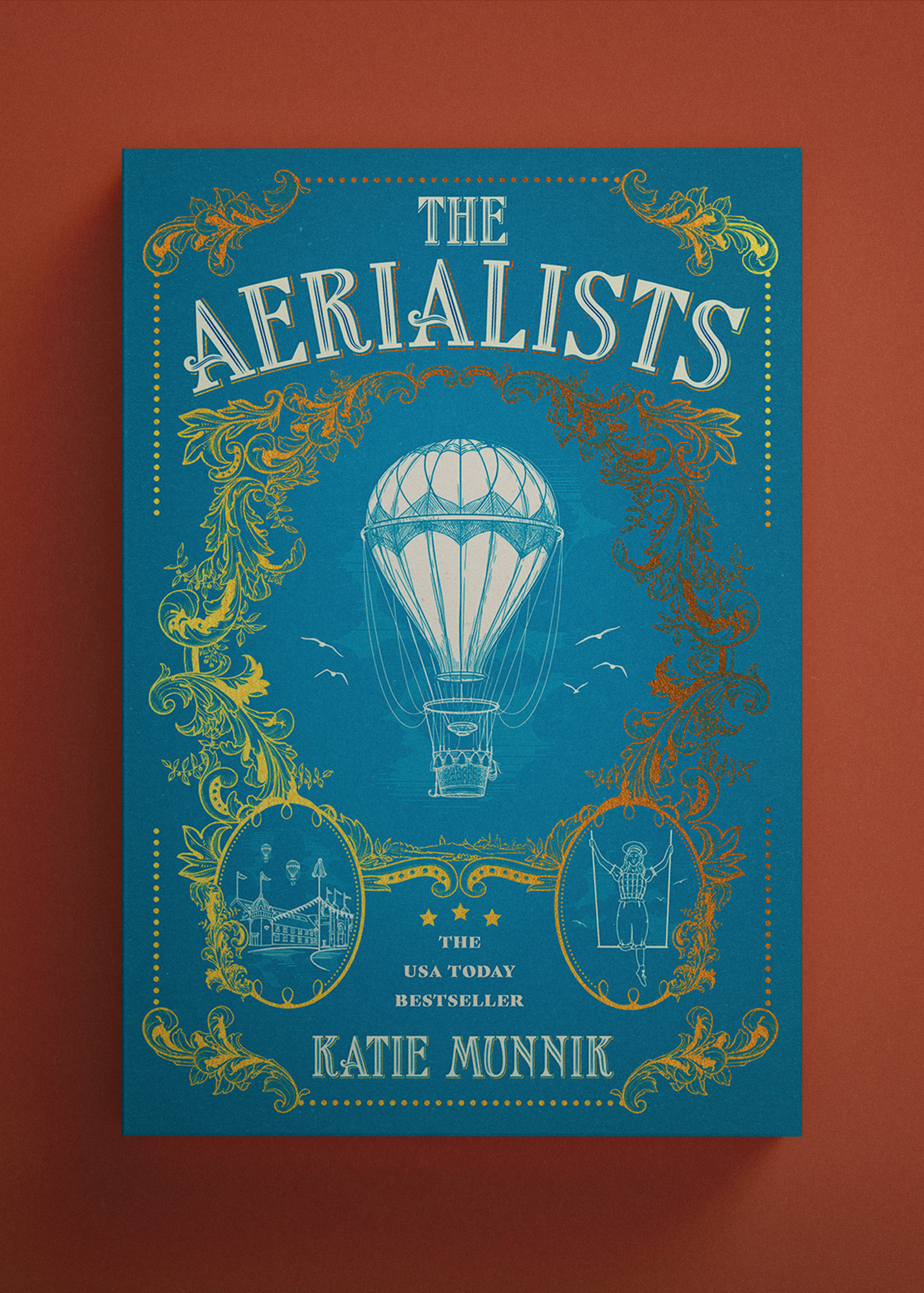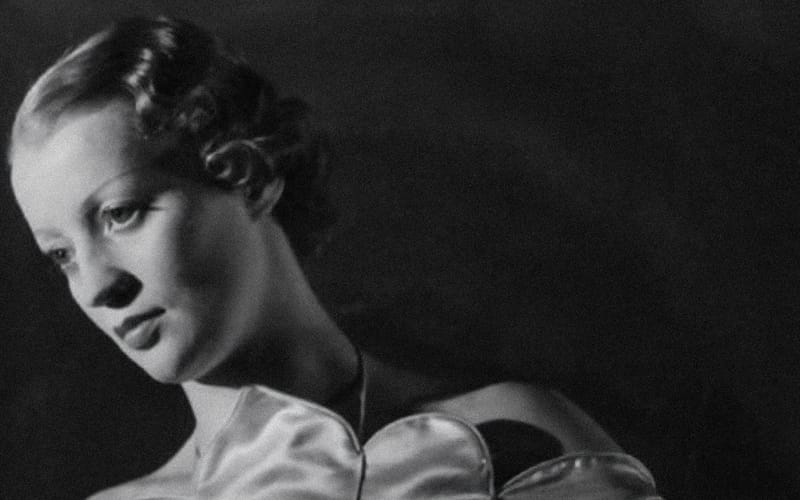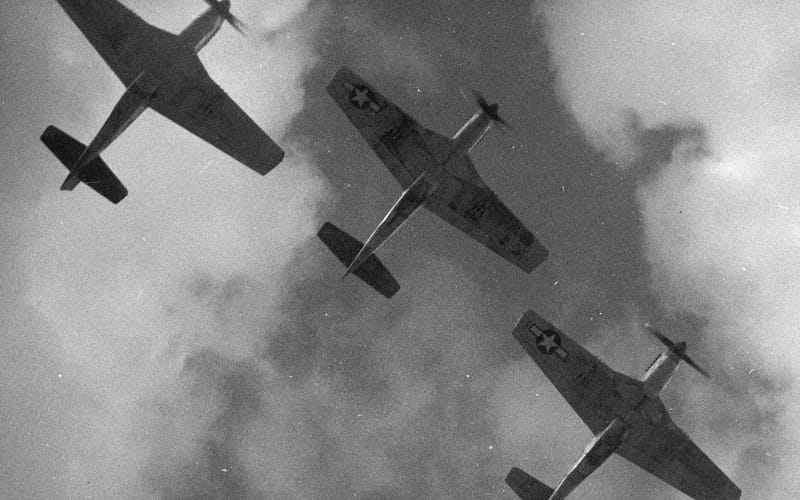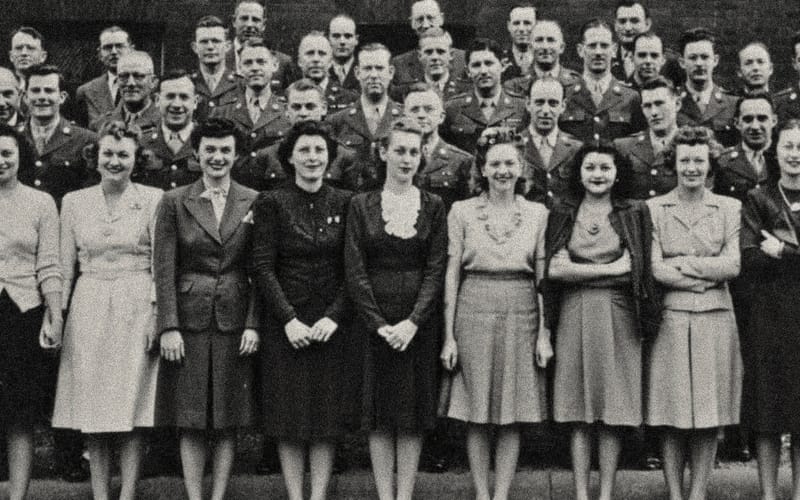Excerpt: Monsieur Auguste Gaudron and his Fabulous Balloon
A rich historical novel based on the true story of Louisa Maud Evans, a fourteen-year-old girl whose demise – tumbling 8,000 feet into the Bristol Channel – captured the imagination of the city…
Paris, 1891: Laura is living on the streets, far from the American Prairies where she was born. When rescued by the entrancing aerialists, Ena and August Gaudron, she soon finds herself ensconced in the family hot air balloon business, and offered the chance to learn how to fly.
Cardiff, 1896: The Gaudrons accept an invitation to be part of the Cardiff Fine Art, Industrial and Maritime Exhibition, presenting a daring show of balloon ascents and parachute descents.
Then late one night, a young girl, Grace, knocks on the Gaudrons’ door. She is desperate to fly, whatever the cost.
As Grace’s dreams begin to take wing, can Laura be the one to keep her grounded? Or will both girls risk it all for one dazzling moment of flight?
With an exclusive foreword for Unseen Histories by Katie Munnik

Highgate Cemetery is a crowded place. There are so many monuments to look at and all those famously, beautifully overgrown graves. If you buy a ticket, you can spend a fascinating afternoon reading names and listening to the tour-guides’ stories, but if you are there on a mission, it can be hard to find what you’re looking for. And I was searching for a hot air balloon.
I was in the earliest days of researching the novel that would become ⇲ The Aerialists and following rumours of Victorian balloons wherever they might lead me. But I didn’t find my balloon in Highgate that day, nor Auguste Gaudron, the man whose grave it was said to decorate. Instead, I learned about the Cedar of Lebanon, Elizabeth Siddal, and something of the contours of the Victorians’ love affair with grief. I took notes. My novel pushed out in new directions.
A few weeks later, a helpful Highgate volunteer emailed me a photograph of the grave he thought I meant. The letters were in sad repair, corroded by the weather, but I could see it was the clue I needed. There he was, Auguste Gaudron, aeronaut, beloved husband of Marina, buried in London, right next to his father-in-law and commemorated with a carved balloon. And Marina’s grave was nowhere to be found.
When you are researching historical fiction, you are confronted by so many gaps and cracks in the story. There are so many women and girls whose stories have been forgotten and whose legacies have been ignored. My novel became an attempt to remember a few daring balloonists and honour their innovation and courage. As Margaret Atwood puts it: “the true story lies among the other stories”. Sometimes we need fiction to feel our way towards truth. — Katie Munnik
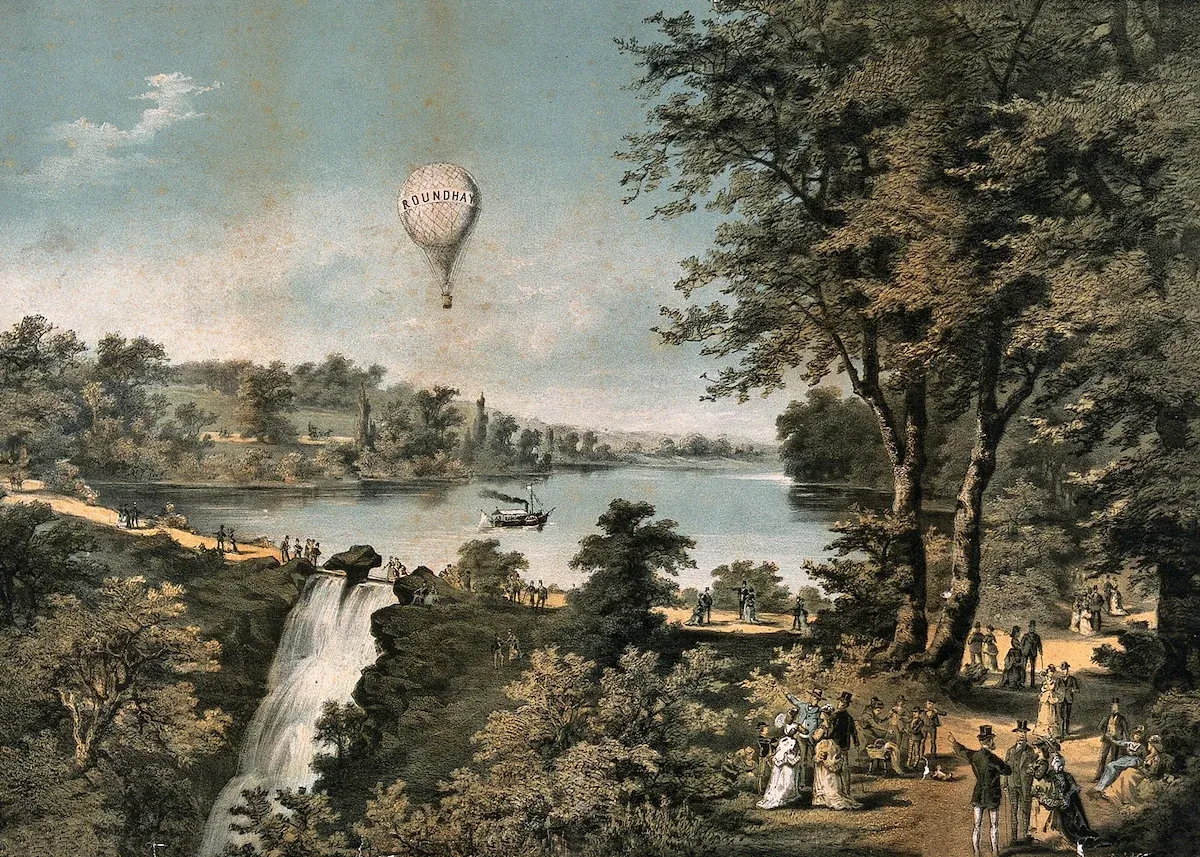

Monsieur Auguste Gaudron and his Fabulous Balloon
An excerpt from The Aerialists
Walking through town towards the Exhibition Grounds, Auguste swung his cane and Ena smiled.
‘They are right by the Castle, yes? The Grounds?’ asked Auguste. ‘So then, we will see the famous Animal Wall.’
‘We’re not here to be tourists today,’ Ena said, but she looked glad to be with him again. She matched his stride as they walked down the street and I followed behind with Marina in the pram. I didn’t mind pushing. It was a bit of a struggle with the wheels jamming on kerb stones and there were tramlines everywhere, embedded in the cobblestones. If you didn’t keep an eye open, they’d easily trip you up and send you sprawling. And the passing trams were noisy, rushing east and west, and every trip a penny as it said on the side. Ena said someone was making money in this crowded Exhibition town.
The sun was bright, the sky alive, and Ena had tied a white bonnet on the child’s head which made her look like a mushroom.
‘You see then, tourism has its benefits,’ Auguste said. ‘But if that is not to be our morning, well, we’ll need to make a point of exploring later, my dear. Each and every display and exhibition building. I’d like that.’ He caught her arm up in his and described all the wonders on offer, the tents and entertainments, stalls and stands and shows. He said there was an old Welsh Fair – all historically accurate, of course – and an Indian bazaar, a reproduction of Shakespeare’s birthplace and a great concert hall, too, filled every evening. And space for afternoon athletics, with a tended field, sand pit, bicycle track where they’d launch the balloon, bicycle railway, and an aerial railway, with dangling cable cars that passed overhead like a machine man’s dream. They’d engineered a new lake and a canal that twisted through the park, past the bandstand, the gardens and the Avenue of lofty elms, which was illuminated every evening with thousands of electric lightbulbs. I tried to imagine that, all that electricity, all the brightness.
‘It’s all noted in the handbook,’ he said, taking it from his pocket. ‘I had the concessionaires send it on to me in Cornwall. A nice bit of reading for the train.’
‘Oh, let me see that, my love.’ She disentangled her arm from his and grabbed at the book, and winning it, she walked along beside him, flicking through the pages. ‘All sorts of useful things in here. Just a pity that you aren’t in the listings, though.’
‘I’m sure it was printed months ago. You can’t expect a late addition sideshow to be added in.’
‘A sideshow with a good scientific angle. You have told them you plan to give a brief lecture before each flight, yes? Atmospheric conditions and the principles of lighter-than-air flight. You did remember?’
‘Yes, yes, I mentioned it. We shall see how things configure, my dear.’
She threw him a quick look, but didn’t push the question, turning pages instead.
‘There’s a note in here about our Mr Pettigrew. Seems he’s growing grapes – the only vineyard in Britain – and he’s making wine.’
‘Wine? Here? In this cold, grey land?’
‘It isn’t cold today, is it, my dear? I’m sure they do very well. The Marquess will have good taste. He can afford that. And it says it’s Gamay Noir. Beaujolais. Lovely. But the vineyards aren’t here at the Castle; they’re on the outskirts of town where Lord Bute has another castle. Goodness me. I do hope we have the opportunity to meet this man. I wonder if he likes balloons.’
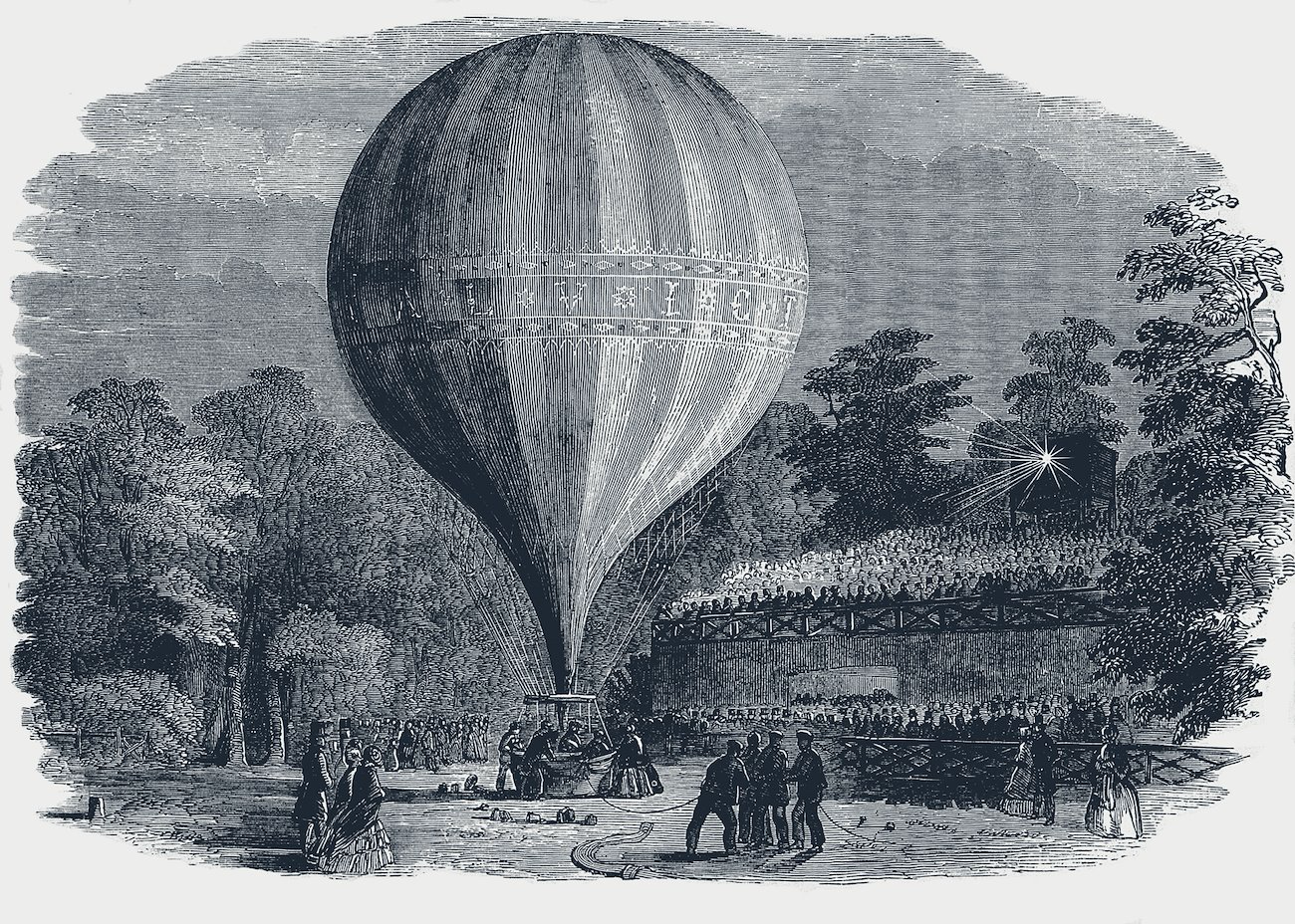
We walked behind the cart to the bicycle track, the crowd curious and stopping to watch us pass. When we arrived, I saw that the area in the middle of the track had been roped off and a banner flew between two tall poles. Monsieur Auguste Gaudron and his Fabulous Balloon.
‘Pity the company name isn’t on display,’ Ena said. She lifted Marina to her hip and stood gazing across the open space. ‘I hope there is an illustrator for the papers. Or a photographer. Imagine that.’
Auguste turned to the men and started getting them organized to unpack the cart and then spread the balloon out on the grass to inflate. He introduced me again, this time to everyone and told them he trusted they were all dependable men.
‘You will all keep your eyes on this lady when the balloon is inflated. As I explained before, I will not be giving instructions then as I will be busy preparing myself for the flight and she will be in control of the launch. If you find this complicated, you will step away from this job now. Anyone she deems unreliable in the instant will receive no payment.’
‘And just when you going to pay us? ’Fore or after you crash land and can’t count straight?’
'You will be paid tomorrow morning and I assure you I will be well and able to pay you all. But, if I am wrong and unexpected disaster strikes, my lady wife will see to all the arrangements and will pay you what is owed. You will be able to contact her through the Exhibition officials, should the need arise. But it will not. My flights are always successful, just as my hired men are always dependable.’
I climbed up onto the empty balloon crate, and no one tried a whistle, which seemed a good start. Ena stood back with Marina in her arms and smiled at me so I smiled, too, then focused on the balloon. It was important there was someone watching because it was hard to see what was happening when you got up close and the balloon started to inflate. I liked that work – the rope-work, the adjusting of cloth and the togetherness of it all, but I liked the watching, too. Standing higher and seeing what they couldn’t. Watching and keeping things safe.
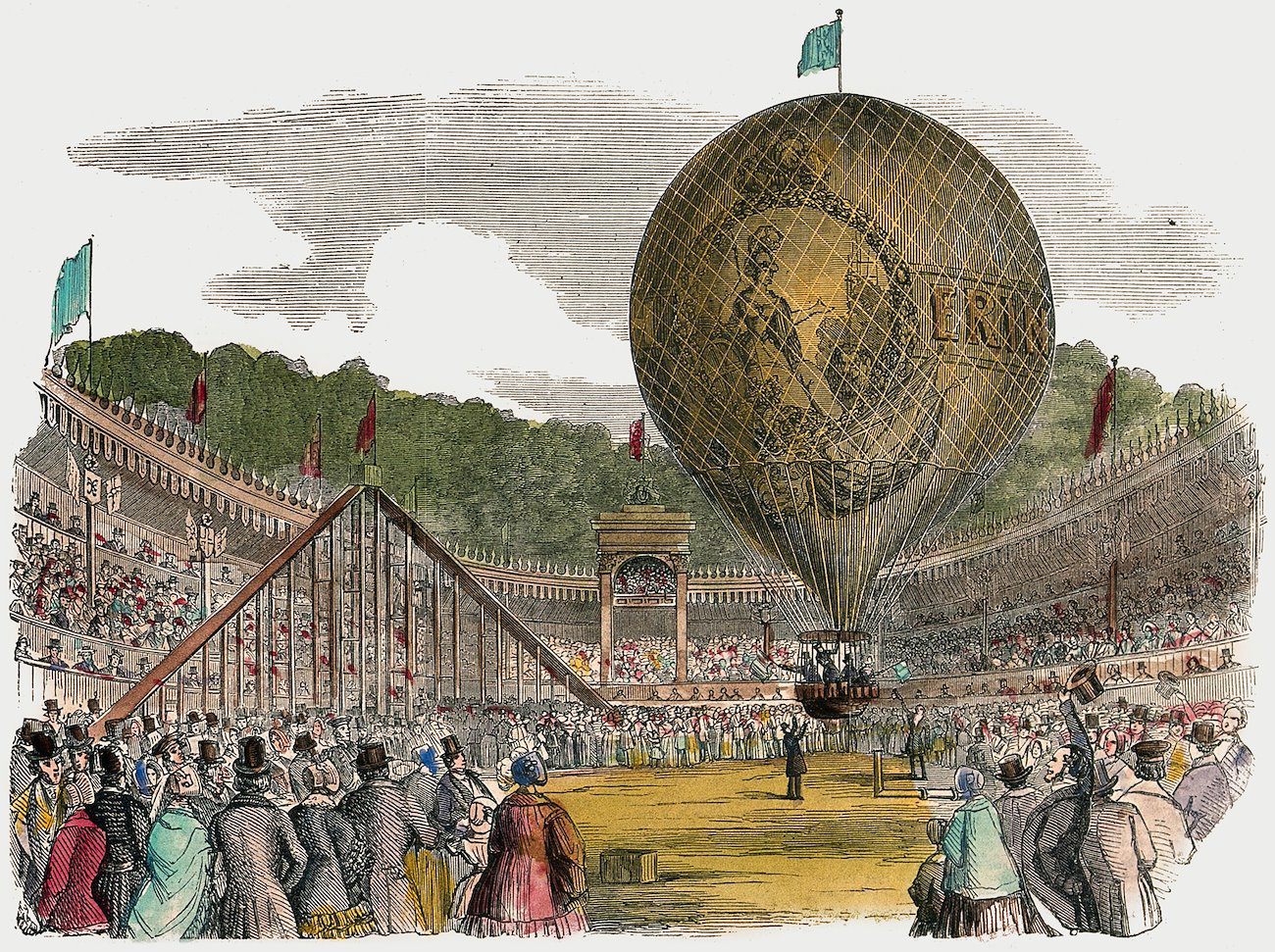
The inflation always took time, but the gas supply that evening was good, and I could see Auguste was happy with how smoothly it went. The balloon swelled and began to lift, and the men watched me and did as I signalled. Then, the gas-filled balloon pulled up and the restraining ropes held tight while Auguste took his place on the webbing seat. I watched as he gripped the balloon’s wooden hoop and clipped the parachute’s trapeze to the safety lanyard. But no harness for him, I noticed, and Ena wouldn’t like that. She wanted him clipped to the parachute and nagged him when he skipped that step, though he was quick to assure her that a man could take his own weight and didn’t need safety clips. I glanced over to her, but Marina had her attention, clapping her hands and squealing at a magpie that had landed on grass.
I liked the clips myself and couldn’t imagine wanting to fly without them. Sitting on a loop of webbing, dangling under the flying balloon and then leaping off, trusting the parachute would open and catch your weight, and all that supported by nothing more than your own tight grip? No thank you. How could anyone hold on tight enough for that to be a good idea? Bravado, Ena called it. Madness.
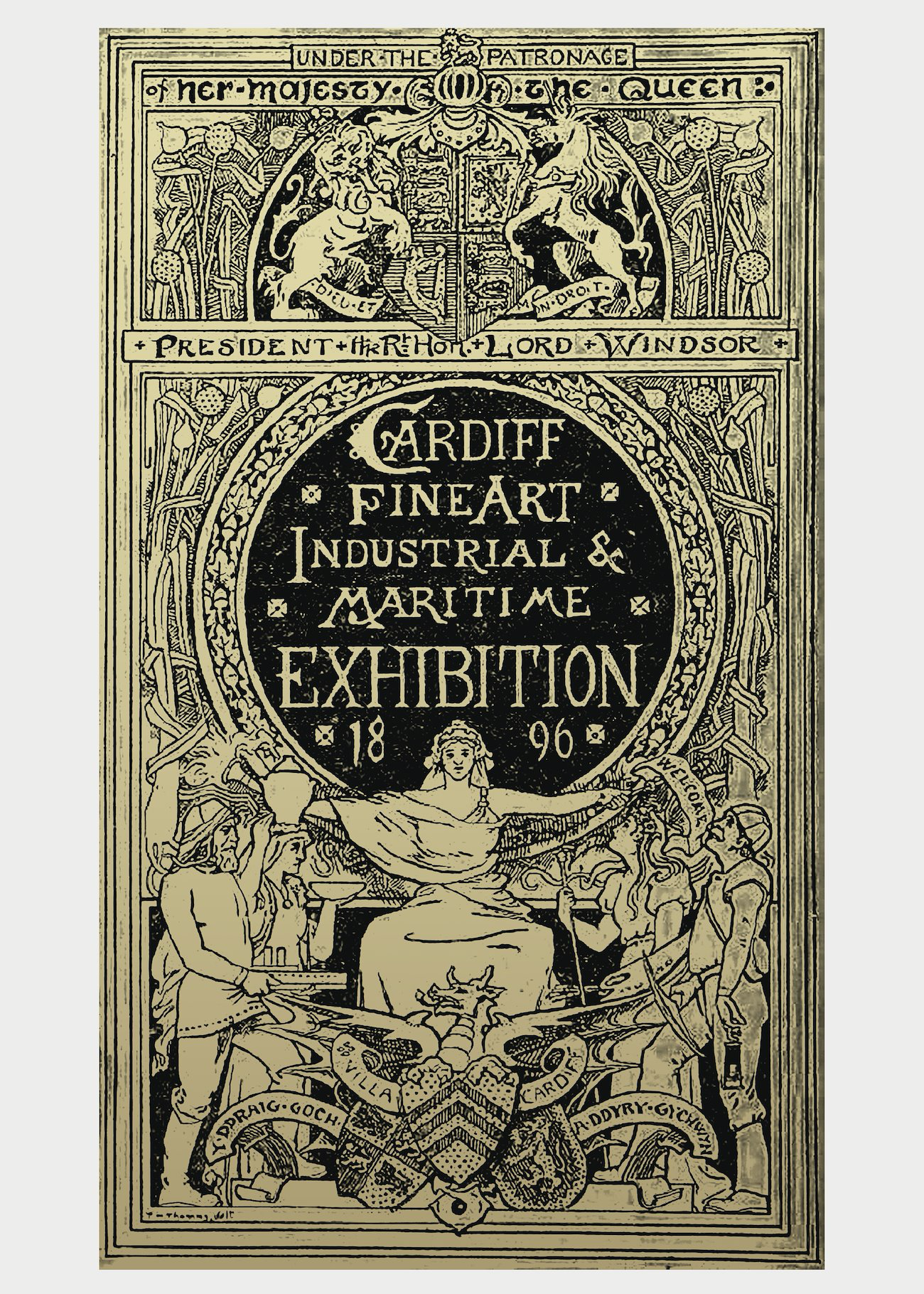
The hired men were all watching me now. When I saw Auguste was ready, I gave the sign and they loosened the ropes, then released them and the balloon began to lift. Up, and so slowly at first some spectators ducked their heads as he drifted over, but up he rose and still up and then he was away. The crowd watched, swaying, cheering, pulled by the balloon as they always are, every crowd, every time. Now the balloon rose swiftly, and Auguste looked small, a dark shape swinging beneath the lifting balloon.
The parachute hung from the side of the balloon, like a flag waiting for the wind. Even from here, you could see the ropes it held, and the light cord that would pull away neatly from the balloon when he jumped. Swivel and tug. He’d need to find the right place to do it, but he was good at that. We’d looked at city maps together and decided the East Moors would be best, out away from the city’s roofs and spires. A hundred-foot free-fall, then the parachute would open, and he’d drift down.
The crowd thinned, and I climbed down from the crate. Ena stood close by, still hoisting Marina on her hip, who looked tired and ready for bed. I wanted to ask Ena about clearing the ropes away and what she wanted to happen next, but she was speaking with a man who carried his own small child on his shoulders, gripping her legs tightly. That child was older than Marina, a girl of maybe four or five, who clutched her father’s flat cap and tried to get his attention.
‘Dada!’ she cried out. ‘Is that man going straight home to heaven?’
Ena laughed and said she truly hoped it would prove otherwise.
The child had this amazed look on her face, and kept her eyes fixed on the vanishing balloon. She let go of her father’s hat and threw her arms up, waving, and it looked as though if he loosened his grip at all, with all that flapping, she’d take to the skies herself ■

The Aerialists
HarperCollins Publishers, 14 April 2022
RRP: £14.99 | 384 pages | ISBN: 978-0008473198
Paris, 1891 Laura is living on the streets, far from the American Prairies where she was born. When rescued by the entrancing aerialists, Ena and Auguste Gaudron, she soon finds herself ensconced in the family hot air balloon business, and offered the chance to learn how to fly.
Cardiff, 1896 The Gaudrons accept an invitation to be part of the Cardiff Fine Art, Industrial and Maritime Exhibition, presenting a daring show of balloon ascents and parachute descents.
Then late one night, a young girl, Grace, knocks on the Gaudrons’ door. She is desperate to fly, whatever the cost.
As Grace’s dreams begin to take wing, can Laura be the one to keep her grounded? Or will both girls risk it all for one dazzling moment of flight?
"A heady and stylish read that had me swept away from the first page. Munnik has captured a fascinating world of daring with both beauty and heart." — Mahsuda Snaith
"This book delivers drama through sublime writing, but mainly through marvellous images... as sharp as the Arabian desert in the midday sun." — Joan Barfoot
"Munnik movingly conveys the fragility of the real Louisa’s life and afterlife." — Historical Novel Society

Katie: I like books that aren’t what they seem on the surface. These three recommendations are books that push deeper, asking what is missing from the public story, what has added, and what might be true. They sink their roots into hidden possibilities, break open our own hidden fascinations and fears, and, in the face of society’s expectations, kick at the darkness to let in light.
⇲ West by Carys Davies (Scribner, Reprint Ed., 2019)
⇲ An Imaginary Life by David Malouf (Bolinda, 2019)
⇲ Women Talking by Miriam Toews (Bloomsbury, Reprint Ed., 2020)
Illustrative material for this excerpt is not necessarily included in the book.

Additional Credit
With thanks to Amy Winchester & HarperCollins UK and Ann Bissell & The Borough Press. Author photograph © Marie Palbom Photography.



